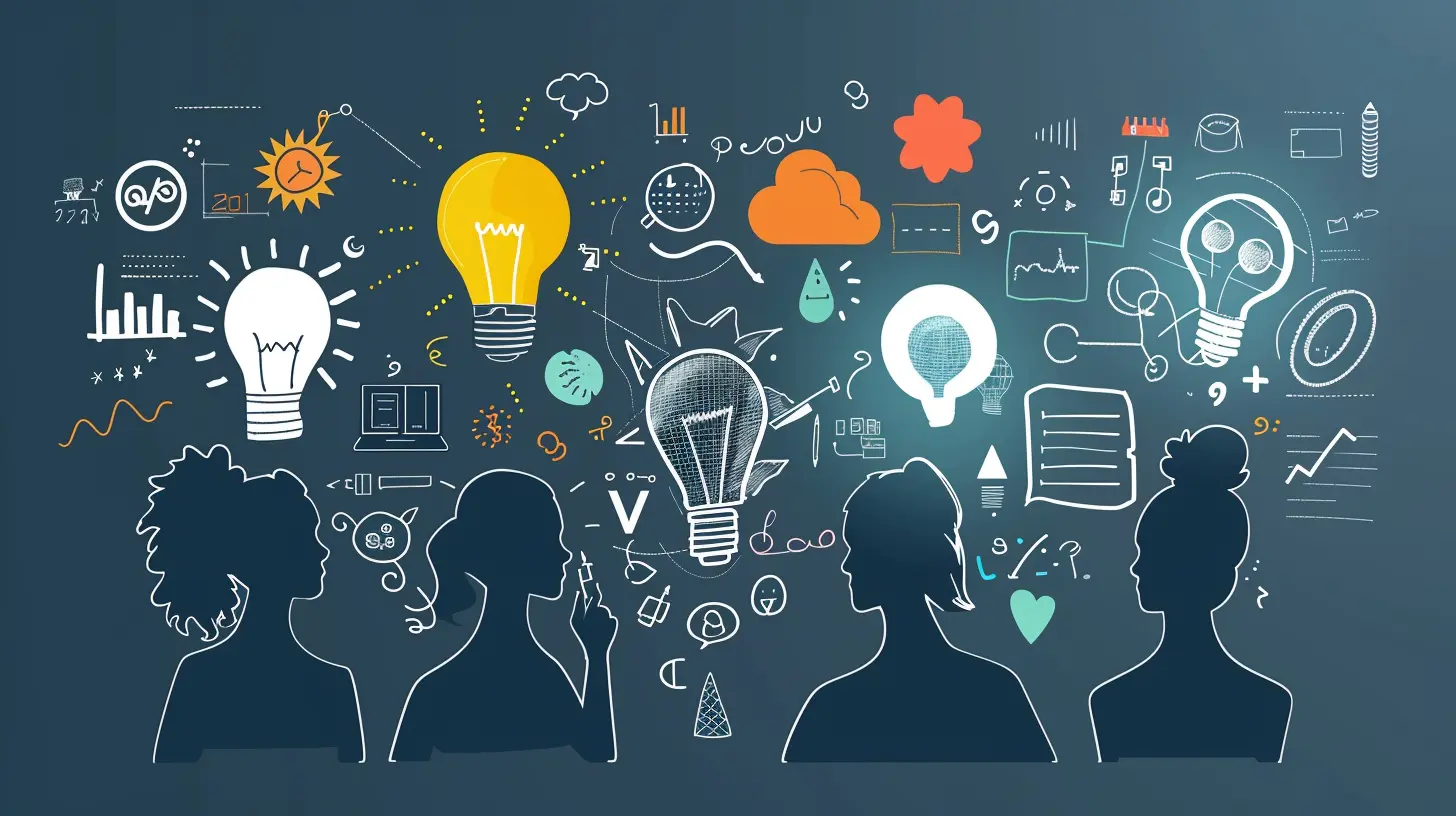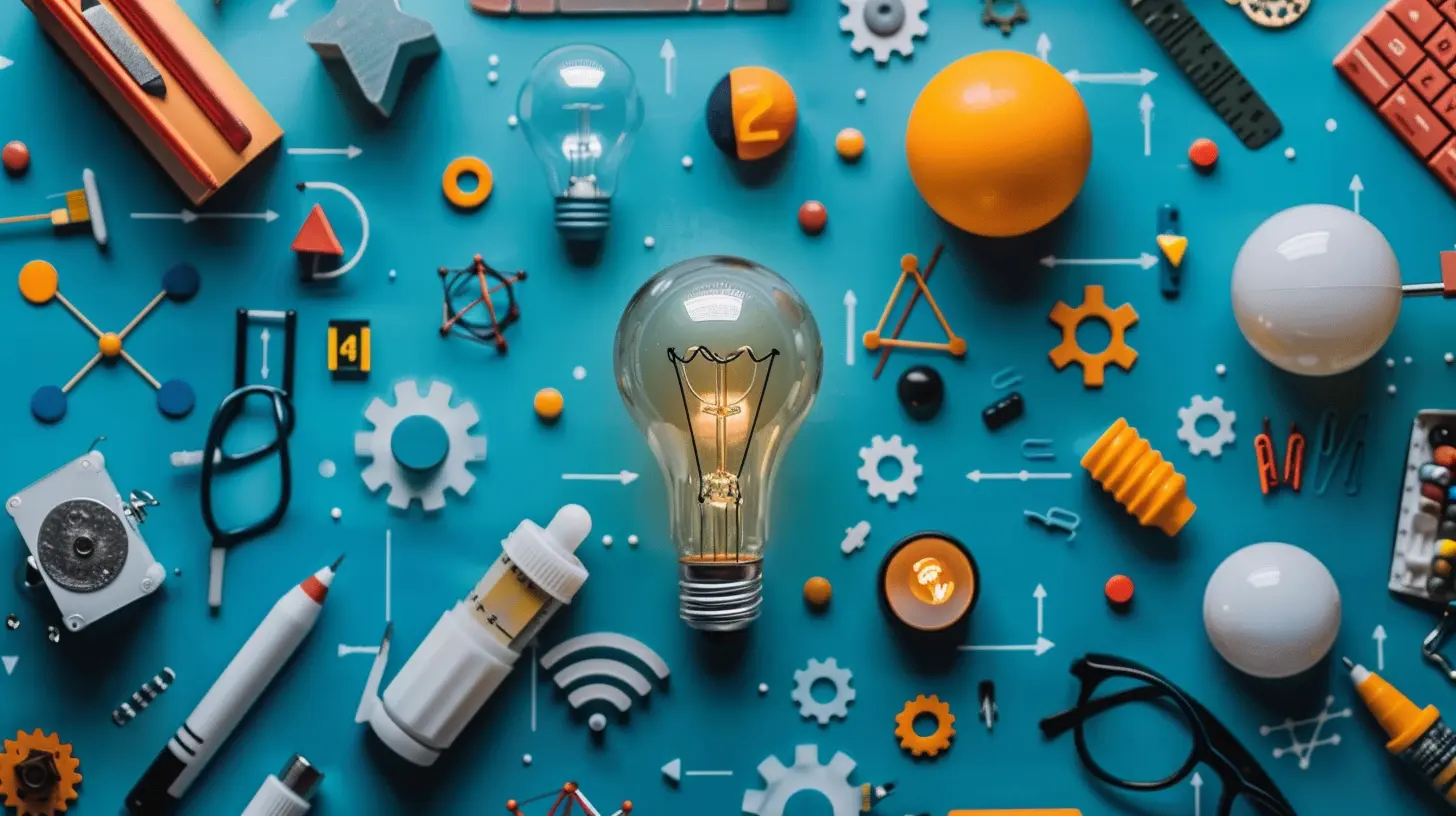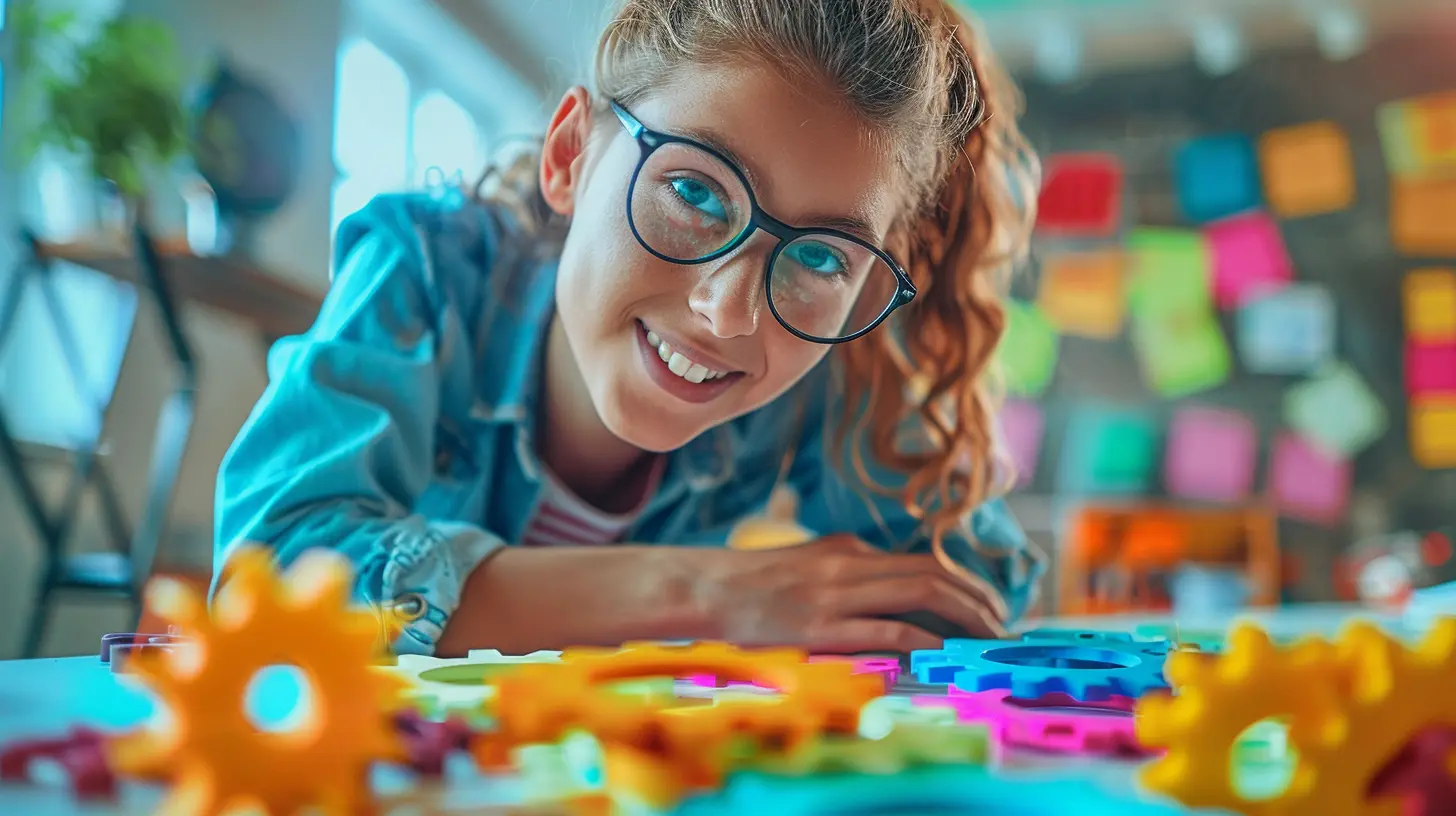How to Use Project-Based Learning for Real-World Skill Application
18 July 2025
Education isn't just about memorizing facts; it's about preparing students for the real world. But let’s be honest—traditional learning methods often miss the mark when it comes to real-world application. That’s where Project-Based Learning (PBL) comes in.
PBL isn't just another educational buzzword. It’s a game-changer that bridges the gap between theoretical knowledge and practical skills. Instead of cramming for exams, students solve real-world problems, collaborate, and think critically—skills they’ll actually use in their futures.
So, how can you use PBL effectively? Let’s break it down step by step. 
What is Project-Based Learning (PBL)?
Before jumping in, let’s set the foundation.Project-Based Learning is an instructional approach where students gain a deep understanding of subjects by engaging in meaningful projects. Unlike traditional assignments, these projects focus on solving real-world issues, requiring students to research, collaborate, and create tangible solutions.
Instead of simply reading about science, for example, students might create a sustainable urban garden. Instead of memorizing history dates, they could design an interactive museum exhibit. It’s all about "learning by doing."
Key Features of PBL
To get PBL right, make sure these core elements are present:1. A Real-World Challenge – Students tackle meaningful problems that exist outside the classroom.
2. Inquiry and Exploration – They ask questions, research, and test solutions.
3. Collaboration – Teamwork is key! They work with peers, experts, or even the community.
4. Critical Thinking – Instead of spoon-fed answers, they analyze and solve problems creatively.
5. Reflection and Revision – PBL isn't about one-and-done assignments; students refine and improve their work.
6. A Public Product – The final project is visible to an audience beyond the teacher (e.g., a presentation, website, or invention).
Now that we know what PBL is, let’s talk about how to use it to develop real-world skills. 
How PBL Helps Students Develop Real-World Skills
Learning facts is great, but what really matters is how students apply them. PBL helps students develop skills they will need in college, careers, and everyday life.1. Critical Thinking & Problem-Solving
In the real world, there are no answer keys. That’s why students need critical thinking skills to tackle complex problems.For example, if a group of students is designing an eco-friendly school campus, they must analyze environmental concerns, research sustainable materials, and find cost-effective solutions.
👉 The result? They learn how to approach problems logically, test possible solutions, and adjust their strategies when needed.
2. Collaboration & Communication
No matter the job, working with others is an essential skill. Through PBL, students learn to communicate ideas effectively, listen to different perspectives, and negotiate solutions as a team.For example, in a marketing project where students design an ad campaign for a local business, they must divide responsibilities, share feedback, and present their ideas professionally.
👉 The takeaway? Better teamwork, leadership, and interpersonal skills!
3. Creativity and Innovation
In today’s fast-changing world, creativity isn't optional—it’s a must. PBL encourages students to think outside the box.Imagine a high school class developing a mobile app to promote mental health awareness. They brainstorm, prototype, and refine their work until they create something meaningful.
👉 Why does this matter? Because the ability to innovate is what sets future leaders apart.
4. Time Management & Responsibility
Traditional tests have deadlines, but that’s not the same as managing a long-term project. In PBL, students must plan, set goals, and stay on track.For instance, a group working on a documentary about climate change must schedule interviews, edit footage, and meet production deadlines—just like in the real world.
👉 The benefit? They become more accountable, organized, and independent.
5. Tech & Research Skills
From using AI tools to conducting reliable online research, technology plays a central role in modern careers. PBL naturally integrates these skills.For example, a robotics project might require students to code, troubleshoot, and test different algorithms—preparing them for the tech-driven job market.
👉 End result? Students become tech-savvy problem solvers, not just passive users. 
Steps to Implement Project-Based Learning Successfully
Now that you see the value of PBL, let’s explore how to implement it effectively.Step 1: Identify a Meaningful Problem or Question
Start with a driving question that sparks curiosity and connects with the real world. Some examples:- How can we design a city that runs entirely on renewable energy?
- What strategies can help reduce homelessness in our community?
- How can we create a business that solves a local issue?
The key? Make it relevant and engaging!
Step 2: Plan and Organize the Project
Once you have your driving question, outline the steps:- What research is needed?
- What materials do students need?
- What are the deadlines and check-in points?
Give students some structure but also room to think and create independently.
Step 3: Encourage Research & Inquiry
Allow students to explore different perspectives. They can:- Interview experts
- Conduct surveys
- Use data analysis tools
- Experiment with prototypes
This builds their ability to seek reliable information—a crucial life skill.
Step 4: Facilitate Collaboration
Group work isn't always smooth sailing. To ensure teamwork:- Define roles clearly
- Encourage open discussions
- Teach conflict resolution
Collaboration mirrors real workplace dynamics, preparing students for their future careers.
Step 5: Iterate & Improve
Encourage students to revise their work. Real-world projects rarely succeed on the first try. Teach them that improvement is part of success!Step 6: Showcase & Celebrate
The final project should have a real audience. Whether it’s a published website, a community event, or a school exhibition—students should feel their work matters.Giving students an opportunity to present their work in a real-world setting boosts confidence and motivation. 
Overcoming Common PBL Challenges
Every educational method has challenges, and PBL is no exception. Here’s how to tackle them:| Challenge | Solution |
|----------------------|-------------|
| Lack of student motivation | Choose projects that connect to their passions or real-life issues. |
| Time constraints | Break the project into manageable phases. |
| Unequal participation | Assign clear roles and use peer evaluations. |
| Difficulty in assessment | Use rubrics that evaluate skills like research, creativity, and collaboration. |
With the right approach, these hurdles can be transformed into learning experiences.
Final Thoughts
Project-Based Learning isn’t just an educational trend—it’s a powerful strategy that equips students with the skills they truly need for the future. From critical thinking to creativity, teamwork to time management—PBL makes learning meaningful and relevant.So, whether you're an educator or a parent, incorporating PBL can transform the way students learn and prepare them for the real world. Ready to give it a shot?
all images in this post were generated using AI tools
Category:
Skill DevelopmentAuthor:

Madeleine Newton
Discussion
rate this article
1 comments
Courtney Franklin
Project-based learning is an unbeatable approach to equipping students with real-world skills. By engaging learners in hands-on, meaningful projects, educators can foster critical thinking, collaboration, and problem-solving abilities. Embrace this method to prepare students for the complexities of the professional world—it's essential for their future success.
July 31, 2025 at 12:00 PM

Madeleine Newton
Thank you for your insights! I completely agree—project-based learning is vital for developing essential skills that students need in today’s complex world.


